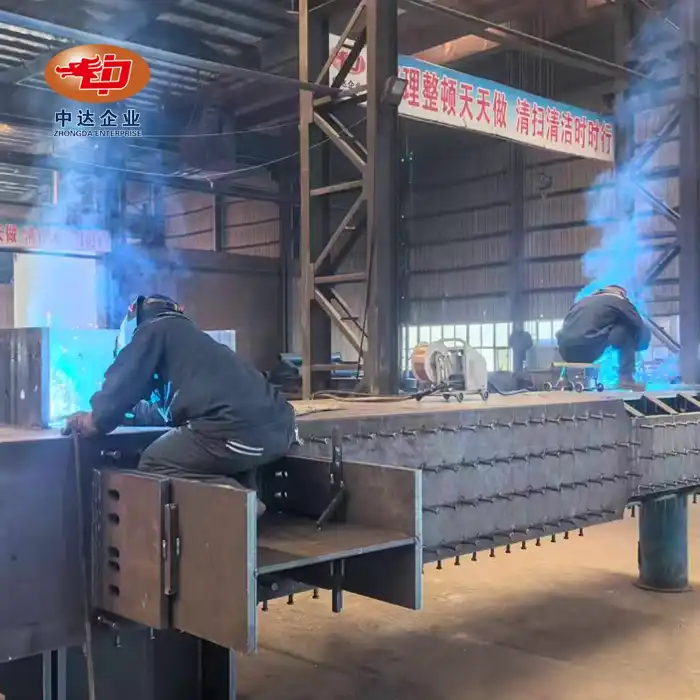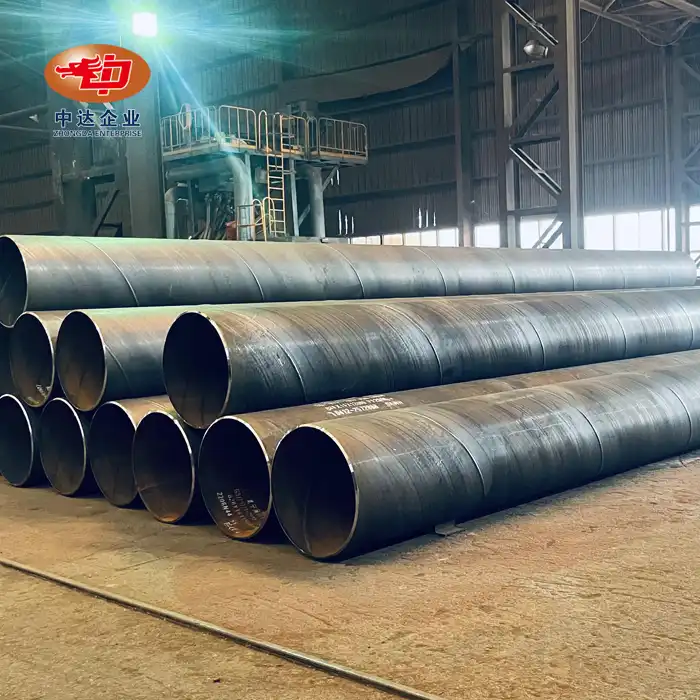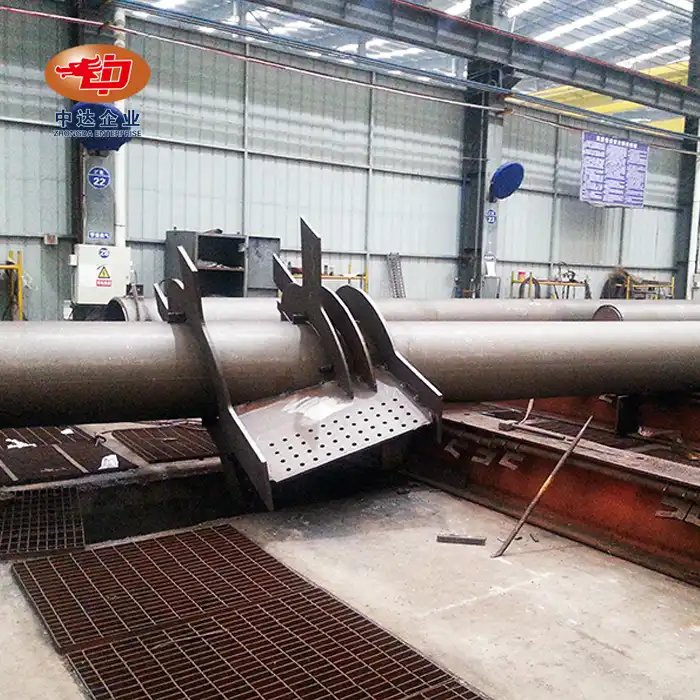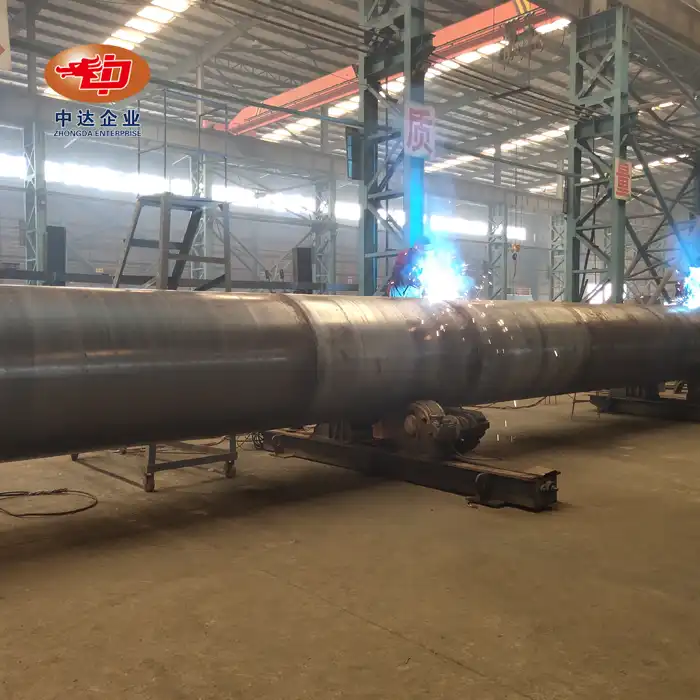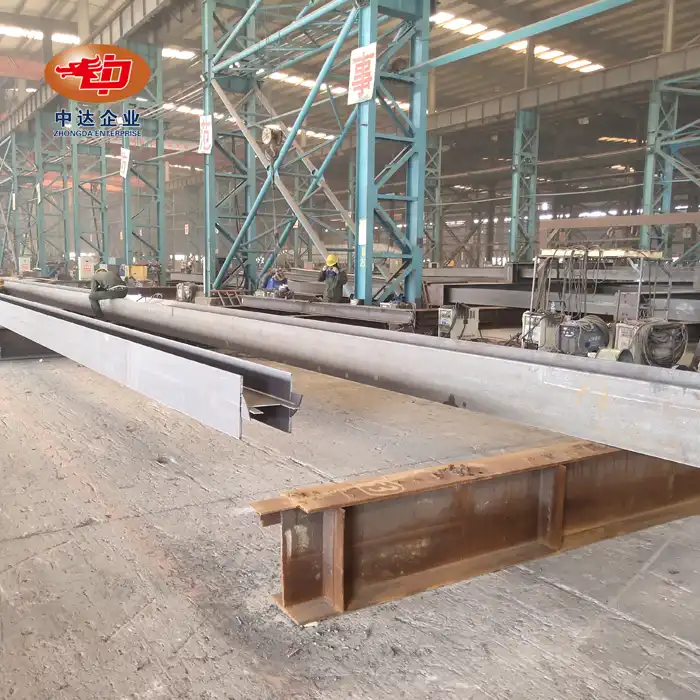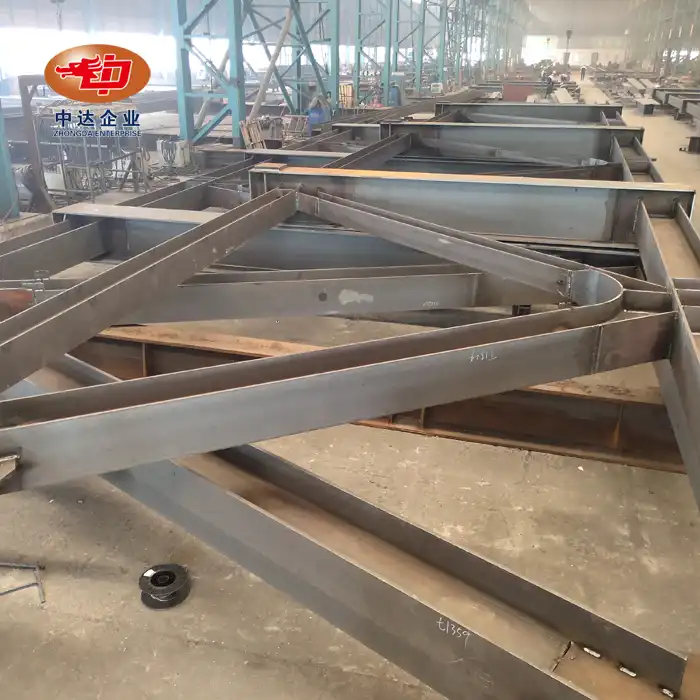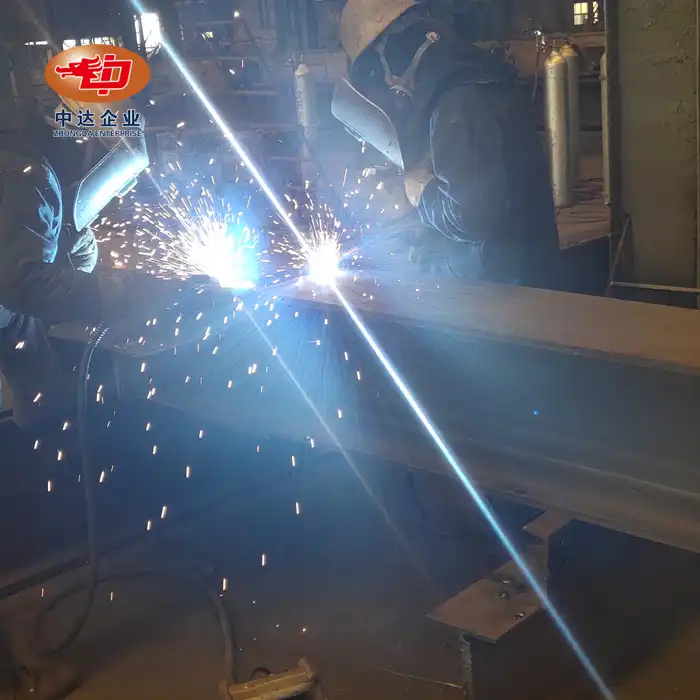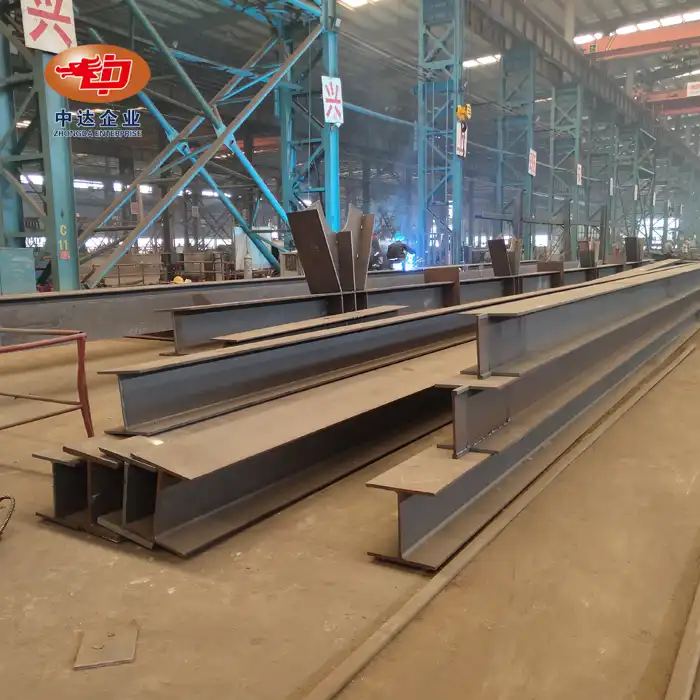Reduced Environmental Impact During Construction
Minimizing On-Site Waste and Pollution
Steel structure warehouses greatly reduce environmental damage during construction by minimizing waste and pollution. At advanced manufacturing plants like Zhongda Steel's 120,000 m² facility, components are precisely fabricated to strict specifications, which lessens the need for on-site cutting or modification. This prefabrication method not only streamlines construction but also decreases debris and airborne pollutants. As a result, the building process is cleaner and more efficient, contributing to a healthier environment around the construction site and reducing disruption to nearby communities.
Lower Energy Consumption in Manufacturing
Producing steel components for warehouses consumes less energy compared to conventional building materials. Techniques such as Zhongda Steel's ultra-thick plate cutting, which achieves ±0.2mm precision, help optimize material usage and minimize waste throughout the manufacturing process. By improving efficiency in production, energy consumption is reduced, thereby lowering the project's overall carbon footprint. This approach supports sustainable building practices and demonstrates how modern steel fabrication technologies contribute to environmental responsibility in large-scale construction projects.

Streamlined Transportation and Assembly
Steel structure components are engineered for efficient transportation and rapid on-site assembly, which significantly reduces environmental impact. Their modular design decreases the number of vehicle trips needed to deliver materials, cutting transportation-related emissions. Furthermore, the quick and straightforward assembly process limits the time heavy machinery operates on-site, further reducing noise pollution and fuel consumption. Together, these factors contribute to a more sustainable construction cycle, making steel warehouses a greener choice by lowering both direct and indirect environmental effects throughout the project timeline.
Energy Efficiency and Sustainable Operations
Superior Insulation Capabilities
Modern steel structure warehouses offer outstanding insulation benefits due to their adaptable design. They can incorporate advanced insulation materials that create a highly effective thermal barrier around the building. This thermal envelope helps maintain stable indoor temperatures, drastically cutting down the demand for heating and cooling systems. As a result, these warehouses achieve significant energy savings, leading to lower utility bills and a smaller carbon footprint throughout their operational lifespan, making them a more sustainable choice in industrial building design.
Natural Light Utilization
The excellent strength-to-weight ratio of steel enables architects to design warehouses with larger open spans and expansive skylights or windows. This architectural flexibility enhances the entry of natural light into the interior spaces, reducing dependence on artificial lighting during daytime. Utilizing natural light not only decreases electricity consumption but also creates a brighter, healthier working environment for employees. Improved daylighting can boost productivity and comfort while contributing to the overall energy efficiency of steel structure warehouses.

Integration of Renewable Energy Systems
Steel structures provide a strong and reliable framework that easily accommodates renewable energy technologies. Solar panels, wind turbines, and other sustainable energy solutions can be seamlessly incorporated into the warehouse's design without compromising structural integrity. This integration enables businesses to generate clean energy on-site, significantly reducing reliance on fossil fuels. By adopting renewable energy systems, warehouses can lower operational emissions and move closer to achieving net-zero energy goals, supporting long-term sustainability initiatives.
Long-Term Environmental Benefits and Sustainability
Durability and Longevity
Steel structure warehouses are built to last. The inherent strength and durability of steel, combined with advanced anti-corrosion technologies like Zhongda Steel's -60°C Weathering Steel Anti-corrosion Technology, ensure these structures can withstand harsh environmental conditions for decades. This longevity reduces the need for frequent replacements or major renovations, conserving resources and minimizing waste over time.
Recyclability and Circular Economy
One of the most significant environmental advantages of steel structures is their recyclability. Steel is 100% recyclable without loss of quality, making it a perfect material for the circular economy. At the end of a warehouse's life cycle, its components can be fully recycled and repurposed, reducing the demand for new raw materials and minimizing landfill waste.
Adaptability for Future Needs
Steel structure warehouses offer unparalleled flexibility for future modifications. As business needs evolve, these structures can be easily expanded, reconfigured, or repurposed without the need for complete demolition and rebuilding. This adaptability extends the useful life of the building, maximizing resource efficiency and reducing the environmental impact associated with new construction.
Conclusion
Steel structure warehouses represent a significant leap forward in sustainable construction. Their environmental benefits extend from the initial manufacturing process through construction, operation, and eventual recycling. By choosing steel structures, businesses not only gain efficient, durable facilities but also demonstrate a commitment to environmental stewardship. As we face growing environmental challenges, the adoption of steel structure warehouses stands as a testament to the power of innovative engineering in creating a more sustainable future for industry and commerce alike.
Contact Us
Ready to embrace the environmental benefits of steel structure warehouses for your next project? Partner with Zhongda Steel, a global leader in precision steel solutions. Our BIM-driven prefabrication, advanced anti-corrosion technology, and commitment to quality ensure your warehouse will be both eco-friendly and highly efficient. Contact us at Ava@zd-steels.com to learn how we can help you build a sustainable future with steel structure warehouses.











